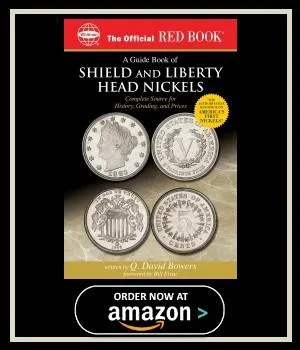
Five Cent Nickel Coin
A Brief History of the U.S. Nickel
First introduced in 1866, the nickel has served as one of America’s most durable and iconic small-denomination coins. Originally created to replace the half dime, this coin’s composition of copper and nickel helped it stand the test of time. Over the decades, its design has changed to reflect both national values and artistic trends.
Early Beginnings
The earliest version of the coin was called the Shield nickel. Before it, five-cent coins were made of silver and known as half dimes. The shift to a base-metal coin was driven by economic factors after the Civil War. This practical decision gave rise to a denomination that still circulates today. In 1883, the Liberty Head design debuted, and it was eventually followed in 1913 by the famous Buffalo nickel. The latter design showcased a Native American profile and a majestic buffalo. Its bold artwork made it a favorite among both collectors and historians. The Jefferson version launched in 1938 and has remained the standard since. In 2006, a new portrait of Jefferson was introduced, adding a modern touch. However, Monticello—his historic home—still graces the reverse of the coin, preserving its classic identity.
Reasons to Collect U.S. Nickels
Collectors appreciate nickels for their affordability and accessibility. Many begin with Jefferson issues, which are easy to find in circulation. Over time, interest often grows toward more historic versions like the Buffalo or Liberty Head nickels.
Building a Complete Set
Assembling a set of nickels from each design era is an achievable and enjoyable goal. It’s also a great way to learn about the evolution of American coinage. With patience, collectors can find key dates, mint marks, and even rare variations. From their origins after the Civil War to their role in today’s economy, U.S. nickels remain a fascinating part of coin collecting. Their changing designs and long-standing history make them an essential addition to any coin collection.
The Need for a New Five-Cent Coin
The need for a new five-cent coin became apparent in the mid-19th century. At that time, the United States was using the half dime, a coin made of silver that had a face value of five cents. However, the increasing cost of silver and the rising expenses associated with producing these coins prompted Congress to seek an alternative. In 1865, they passed legislation authorizing the creation of a new five-cent coin, made of a different and more affordable metal – nickel.
Introduction of the Shield Nickel
The first nickel coin, often known as the “Shield nickel,” was introduced in 1866. This coin featured a simple and unadorned design, with a shield on the obverse and a large “V” on the reverse, denoting the Roman numeral for five. While this design was a departure from the more intricate and artistic coinage of the time, it served its purpose as a durable and cost-effective replacement for the half dime.
Public Reception and Design Challenges
However, the Shield nickel faced challenges. Its plain appearance and similarity to other coins made it unpopular among the public. As a result, the United States Mint decided to re-envision the nickel’s design to make it more appealing to the American people.









 '
' 




